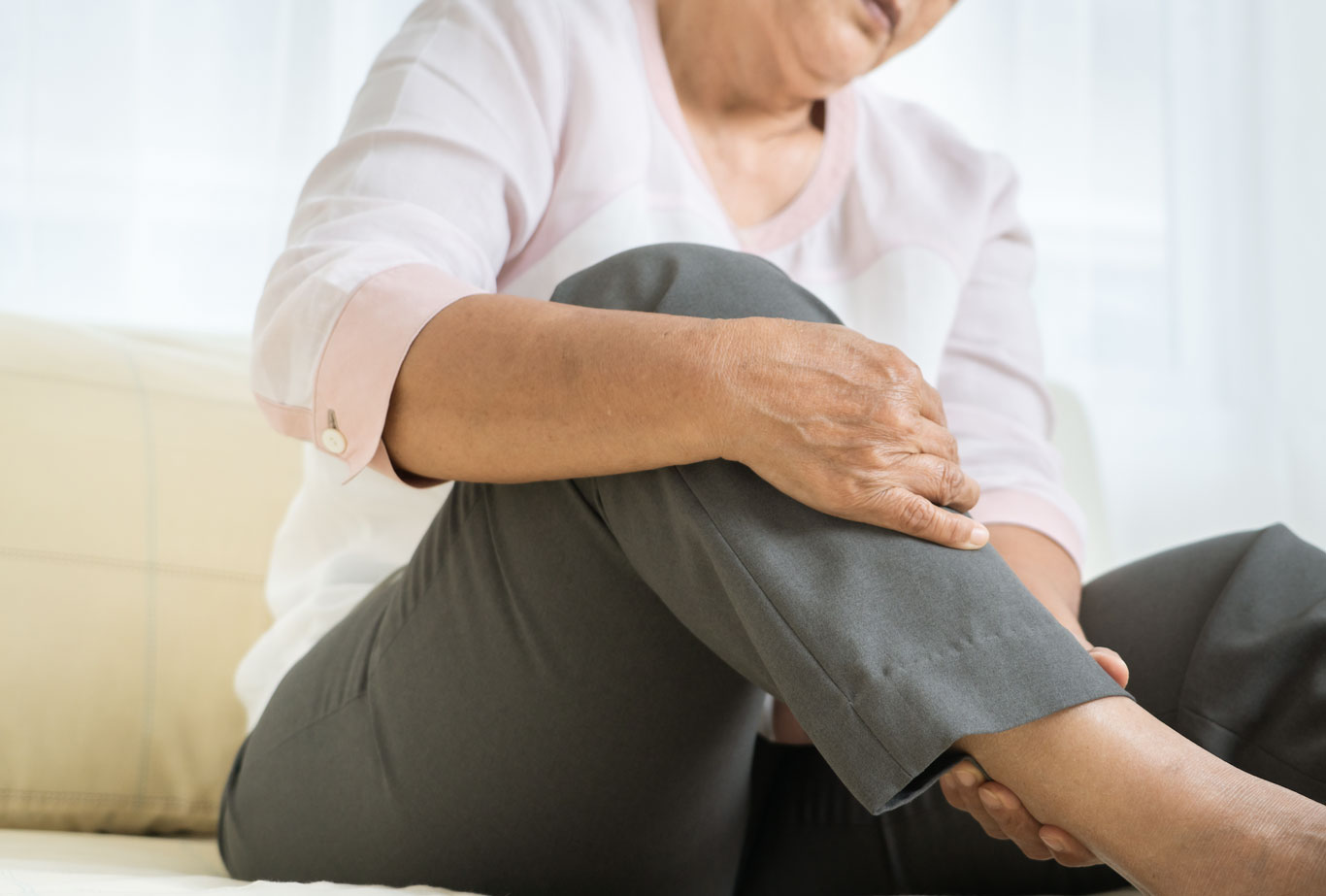When to Use Heat?
Heat can be used for stiffness, arthritis, muscle pain, and back or neck pain. Heat may be preferred for chronic or long-lasting stiffness and acute muscle soreness.
Note: Heat should NOT be used for the first 3-5 days after joint sprains such as with new knee or ankle injuries. Heat is preferred prior to activity but can be used following physical activities as well.
Why? Heat can help relax and loosen up tense muscles and stiff joints allowing for decreased pain and improved overall movement. Heat may also increase blood flow to the area applied.
Tips for Heat: Many heating products are available for purchase. Electric heating pads, hot packs, warm damp towels, or even warm showers/baths may be beneficial. To be most effective, apply heat for 10-20 minutes.

When to Use Cold?
Cold can be used for new or acute injuries such as joint sprains, strains, tendinitis, and when recovering from surgery. Cold may also be beneficial when experiencing swelling and/or bruising along with pain.
Note: Always use a barrier such as a washcloth or light towel between the skin and the cold pack/ice to prevent potential injury to the skin.
Why? Use of cold can help reduce pain by numbing the area and can help reduce swelling by decreasing the amount of blood flow to the injured area. This may help slow the inflammatory response.
Tips for Icing: The quicker cold is applied the better – cold should be used immediately following injury or surgery. Cold should be used for a maximum of 20 minutes per session. Cold packs, cold compress, and homemade ice packs can be used. Frozen vegetables or frozen fruit can be substituted if you do not have an ice pack. Cold is best used when secured to the area being treated.

When to Use Compression?
Compression can be used for acute injuries or conditions such as arthritis or chronic joint pain that have swelling associated with them. Some examples are joint sprains/strains, bruising, following surgery, or joints with persistent swelling with or without pain.
Note: Ensure that the compression is not too tight. Check for numbness, tingling, or swelling below the area that the compression is used.
Why? Use of compression or wrapping to the injured/involved area may help decrease the overall swelling and thus improve movement and decrease pain.
Tips for Compression: Compression wraps or compression sleeves may be used. Various types are available. Compression wraps are preferred for short-term use and compression sleeves are recommended for more long-term use. If wraps are used start distally and work proximally. Comfort is key.

When Should You Elevate?
Elevation should be used to reduce swelling and decrease discomfort associated with swelling. Elevation can be performed with new or acute injuries as well as following surgery. Elevation can also be used to decrease “fluid retention” in chronic situations such as swelling in the legs.
Note: Compression can be used with elevation to maximize the benefit (see precautions associated with the use of compression).
Why? Elevation can help decrease swelling and bruising. Elevation may limit bleeding to the injured area as well as promoting drainage of “inflammation” into the lymphatic system.
Tips for Elevation: Keep the area of swelling elevated above the heart if possible. Pillows, wedges, or rolled-up towels may be helpful to prop up your arm or leg. In instances of chronic swelling in the feet and ankles, both legs may be propped at the same time.

Talk with your healthcare provider if you do not notice an improvement in your pain and/or swelling or if you feel concerned. Physical therapy may be right for you. If so, tell your doctor you want to go to Premier. We’re here to help you. Call us at (573) 335-7868.
